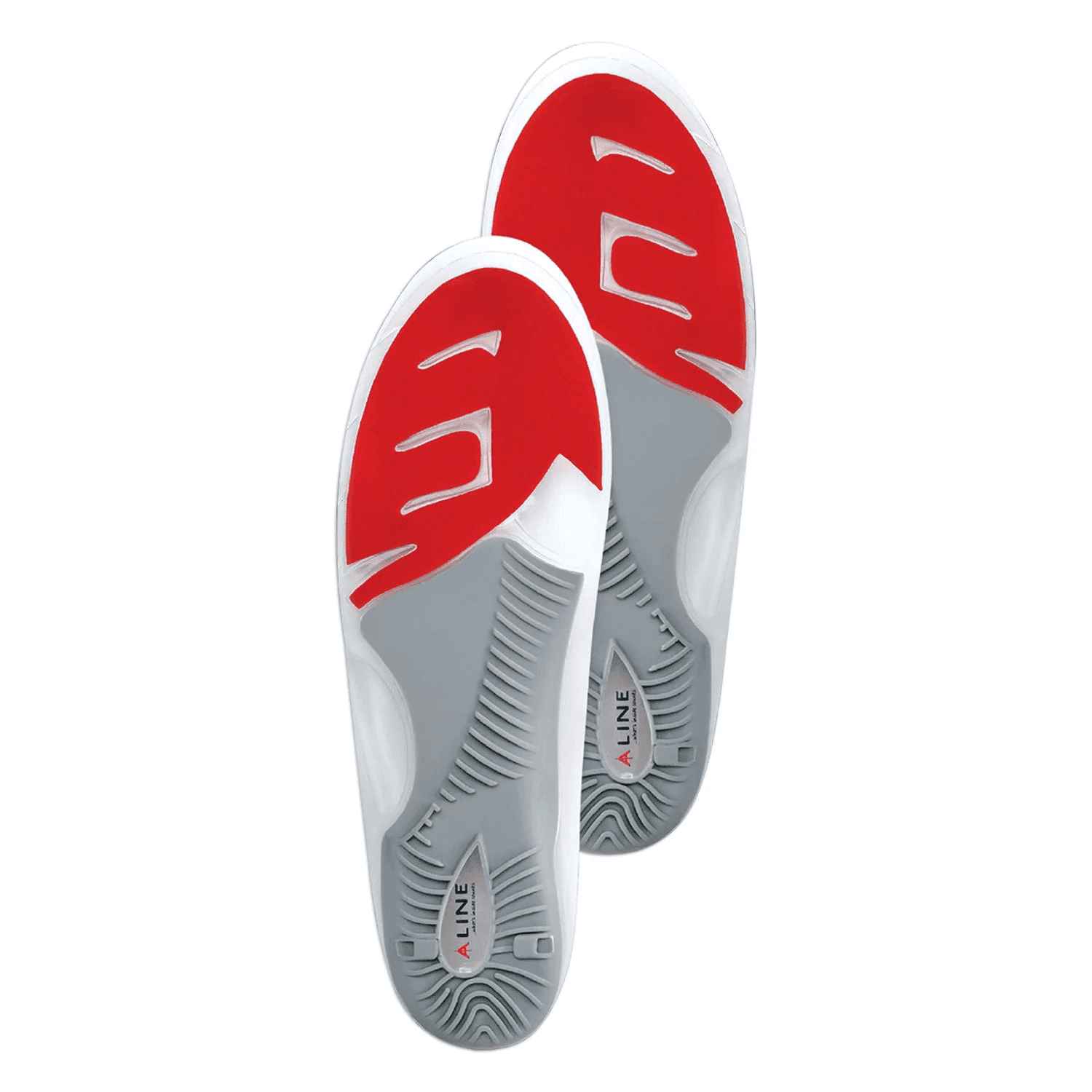


Discover how long orthotic insoles last, signs of wear, and tips to extend their lifespan for better foot support and comfort.
Orthotic insoles provide essential foot support, improving comfort and reducing pain caused by improper foot alignment. However, many people wonder, how long should orthotic insoles last? The lifespan of orthotic insoles depends on various factors, including material quality, usage frequency, and maintenance. In this guide, we’ll explore the longevity of orthotic insoles, signs of wear, and how to extend their lifespan.
Orthotic insoles are specially designed footbeds that provide arch support, improve foot alignment, and reduce pressure on joints. They are commonly used for foot conditions like plantar fasciitis, flat feet, and overpronation.
On average, orthotic insoles last between 6 months to 2 years, depending on their material and how often they are used. Custom orthotics tend to last longer than over-the-counter insoles due to their high-quality materials.
Several factors influence how long orthotic insoles last:
Material Quality – High-quality materials like EVA foam and carbon fiber last longer.
Frequency of Use – Daily wear causes faster wear and tear.
Body Weight – Heavier users may experience quicker deterioration.
Activity Level – High-impact activities like running shorten the lifespan.
Shoe Type – Using insoles in improper footwear can reduce durability.
Yes, custom orthotic insoles are made from durable materials and designed to fit your feet perfectly. Unlike over-the-counter insoles, they can last up to 2-5 years with proper care. However, store-bought insoles typically last 6-12 months before needing replacement.
Over time, insoles lose their cushioning and support. Here are some signs of wear:
Flattened Arch Support – Insoles lose their shape.
Visible Damage – Cracks, peeling, or holes indicate wear.
Foot Pain Returns – Reduced support can cause discomfort.
Unpleasant Odor – Bacteria buildup affects hygiene.
Reduced Shock Absorption – Walking feels less cushioned.
To maximize the lifespan of your insoles, follow these care tips:
Rotate Between Multiple Pairs – Using two sets of insoles extends their life.
Remove Insoles at Night – Letting them air out prevents moisture buildup.
Clean Regularly – Wipe insoles with a damp cloth to remove dirt.
Store Properly – Keep them in a dry, cool place.
Use in the Right Shoes – Matching insoles with appropriate footwear helps maintain durability.
Even if insoles appear intact, they may lose their structural support. If you notice discomfort, knee pain, or shin splints, it’s time to replace them, even if there’s no visible damage.
Athletes who engage in running, basketball, or hiking should replace their insoles every 3-6 months, as high-impact activities accelerate wear. Runners logging over 30 miles per week should check their insoles more frequently.
Some custom orthotics can be refurbished by a podiatrist, especially if the structural integrity remains intact. However, over-the-counter insoles are usually not repairable and need to be replaced entirely.
Yes, different materials impact durability:
Foam Insoles – Soft but compress quickly (last 6-12 months).
Gel Insoles – Good shock absorption, but wear out in 6-9 months.
Cork Insoles – Firm and durable, lasting 1-2 years.
Carbon Fiber Insoles – Extremely durable, lasting 2-5 years.
Excessive moisture from sweat can break down materials, leading to faster deterioration. Using moisture-wicking socks and regularly airing out your insoles helps prolong their life.
Yes, work boot orthotics are designed for heavy-duty use. Brands like Aline Insoles provide durable options for workers on their feet all day. These insoles typically last 9-18 months, depending on workload and maintenance.
If foot pain persists despite new shoes, replacing insoles first is recommended. However, worn-out shoes can also affect insole performance, so both should be checked.
The lifespan of orthotic insoles depends on multiple factors, including material, usage, and maintenance. Whether you choose custom orthotics or store-bought insoles, monitoring signs of wear ensures continued foot support. Brands like Aline Insoles offer high-quality options for long-term comfort and durability.
